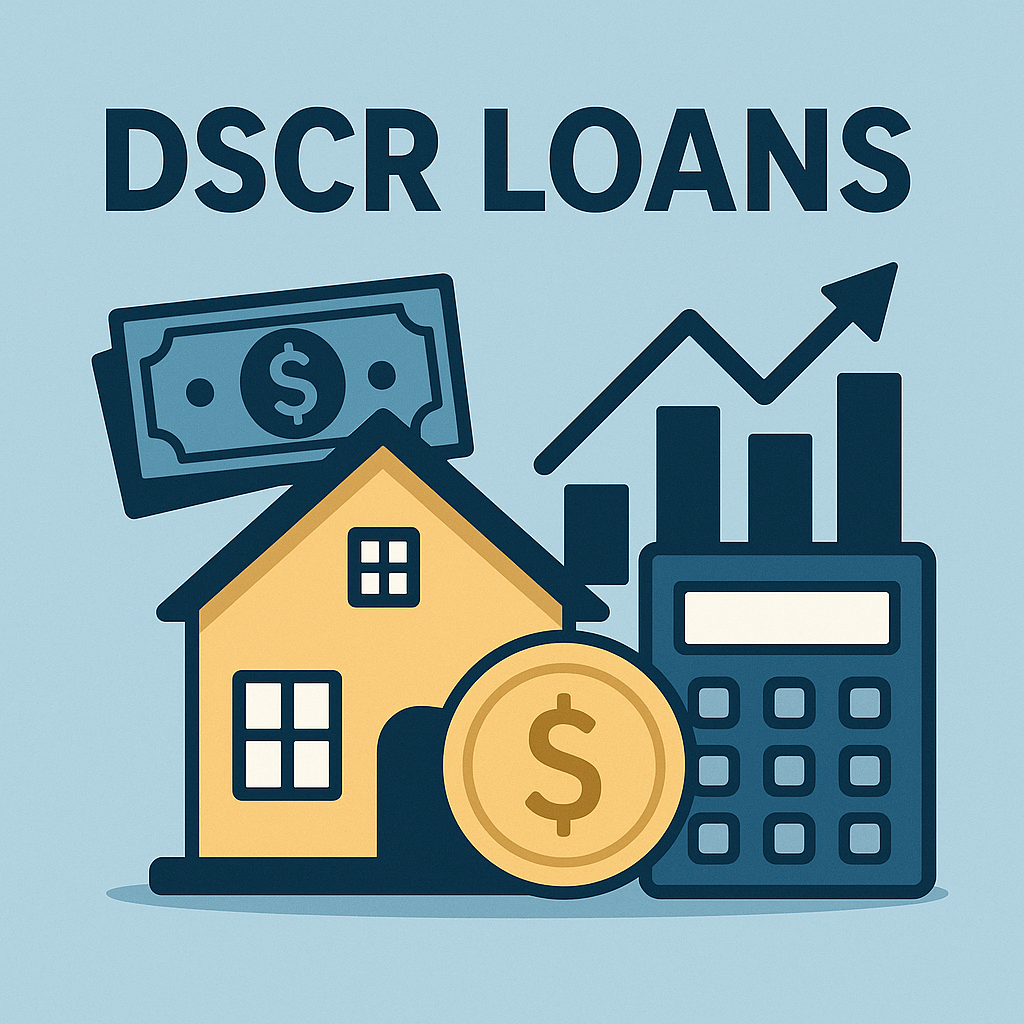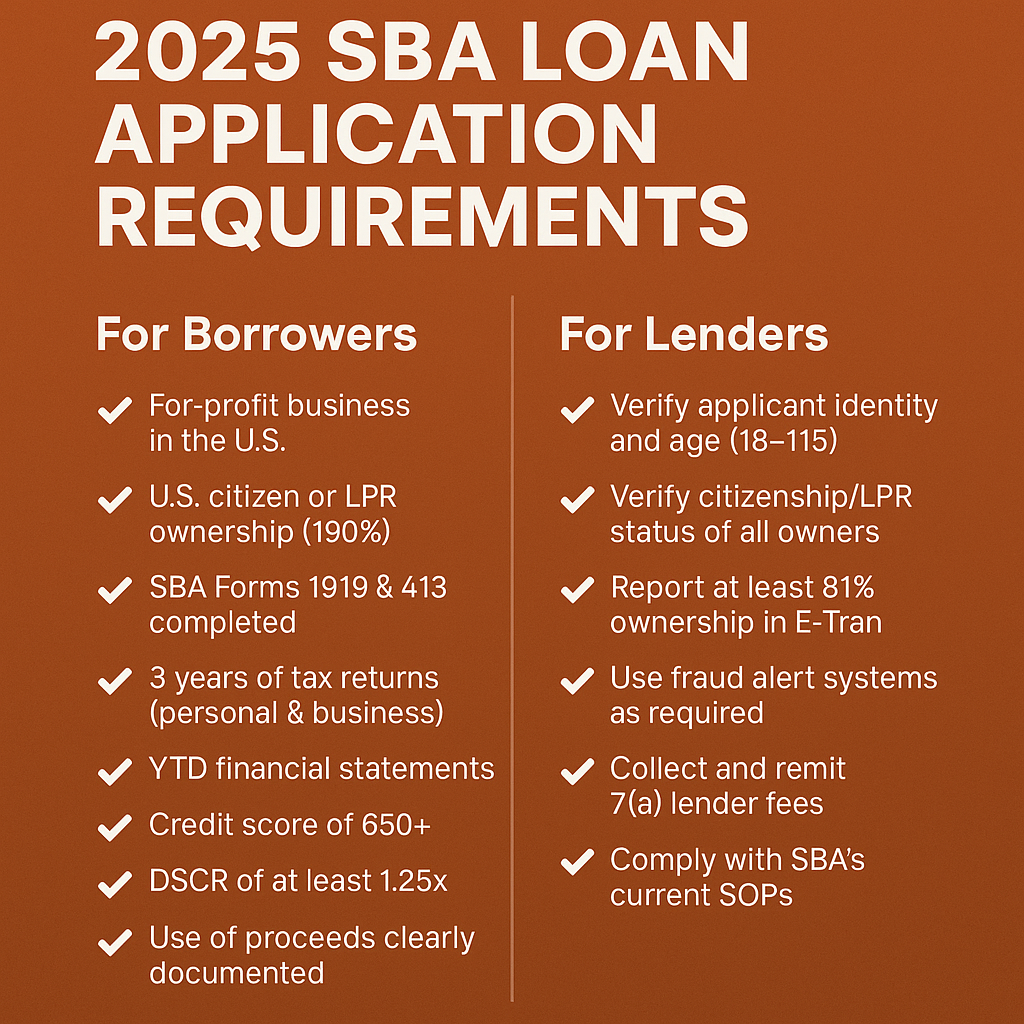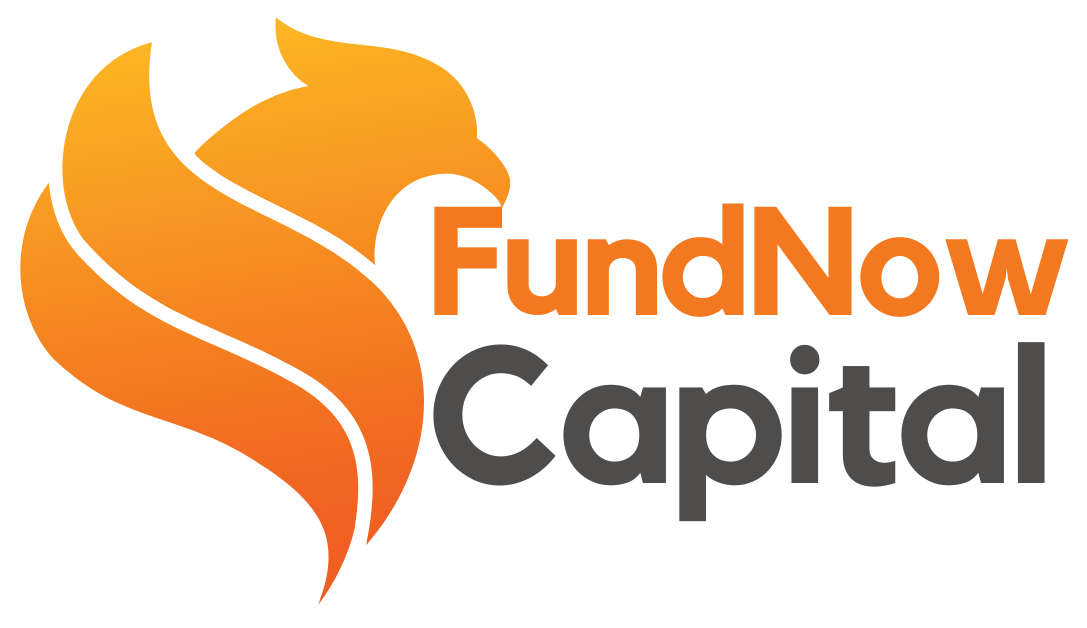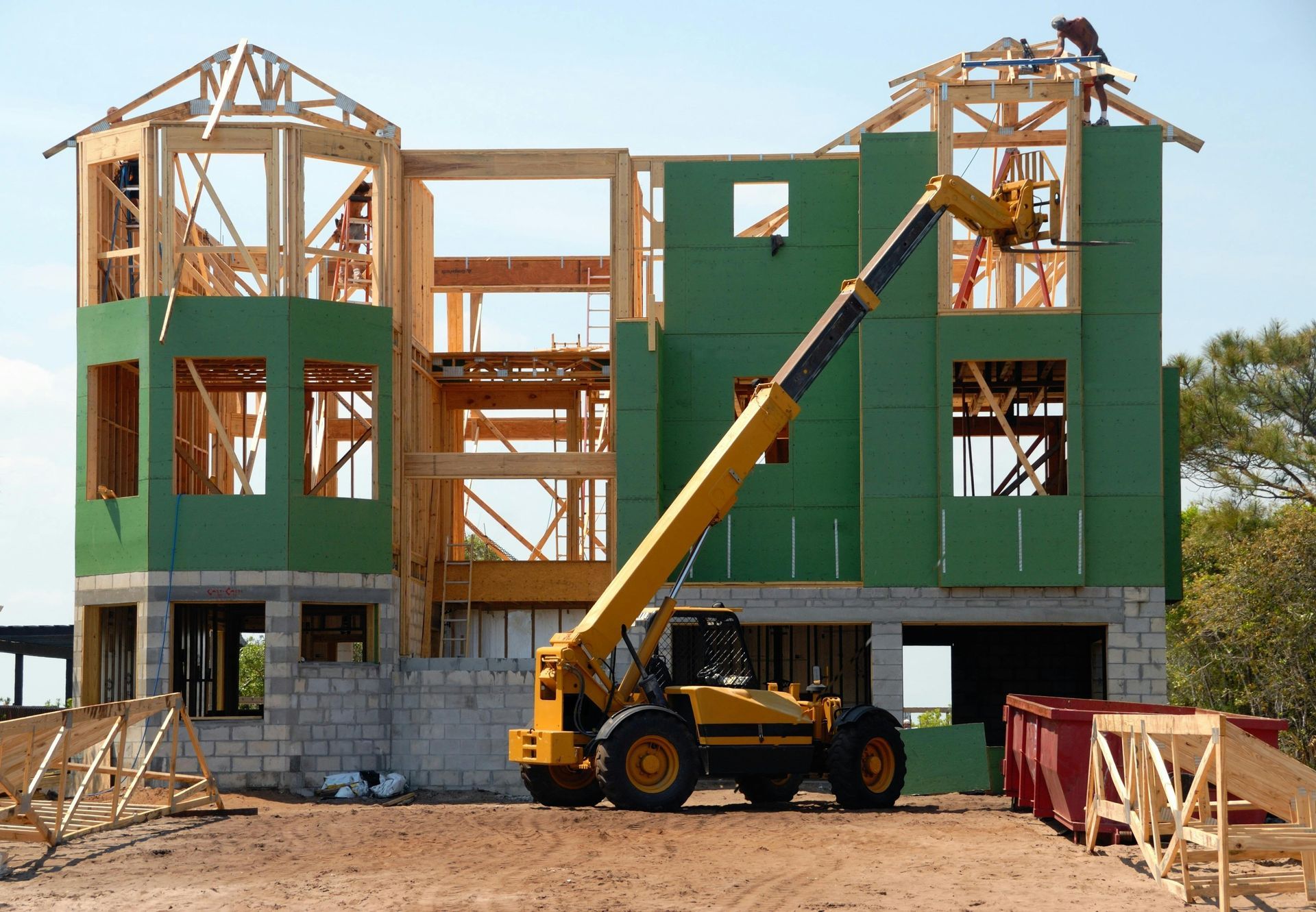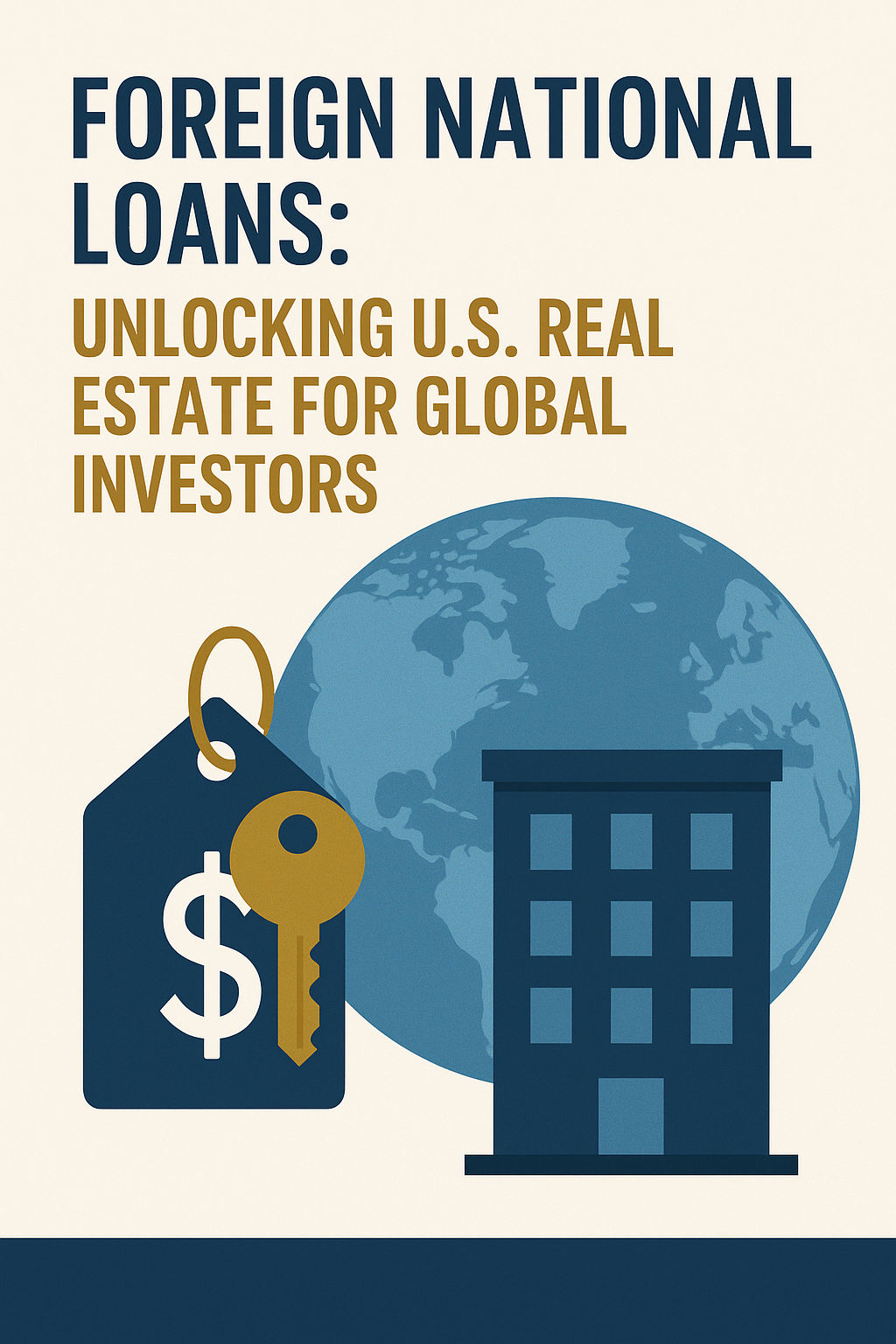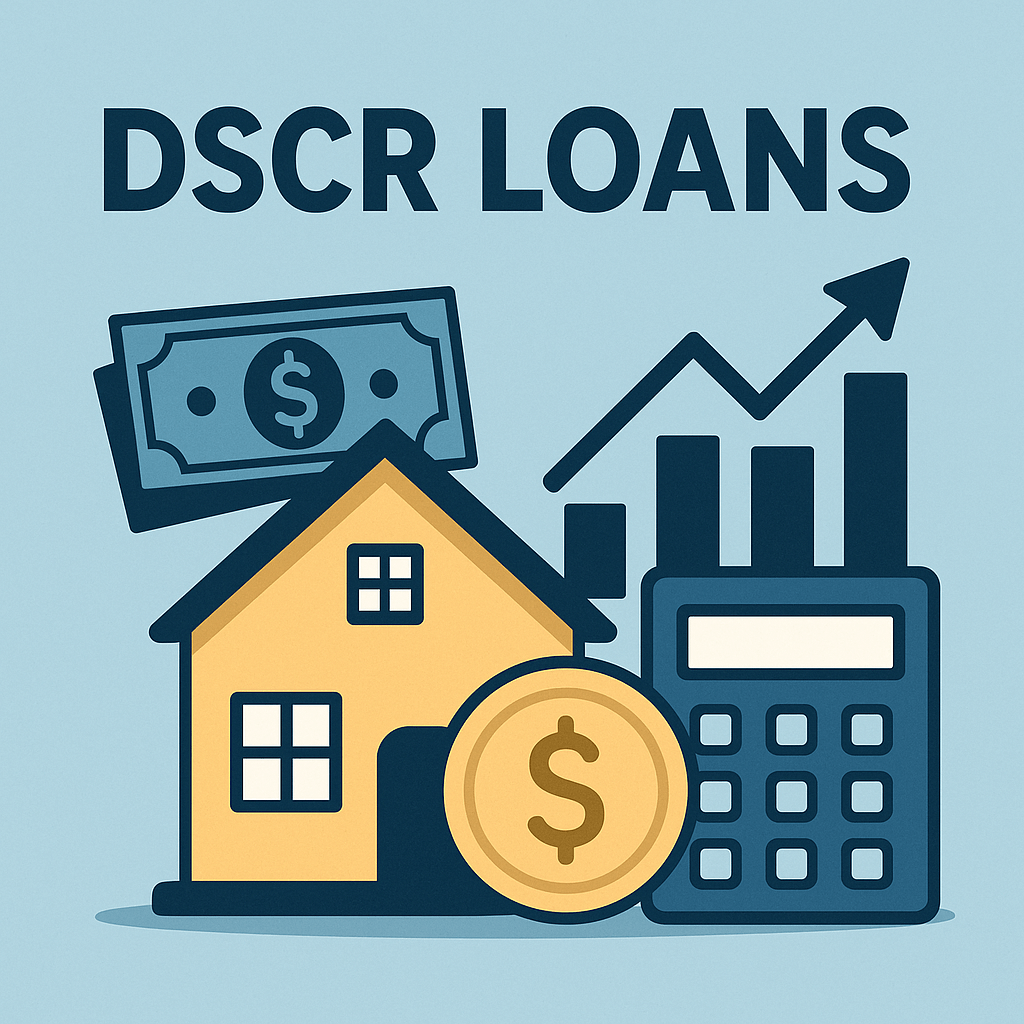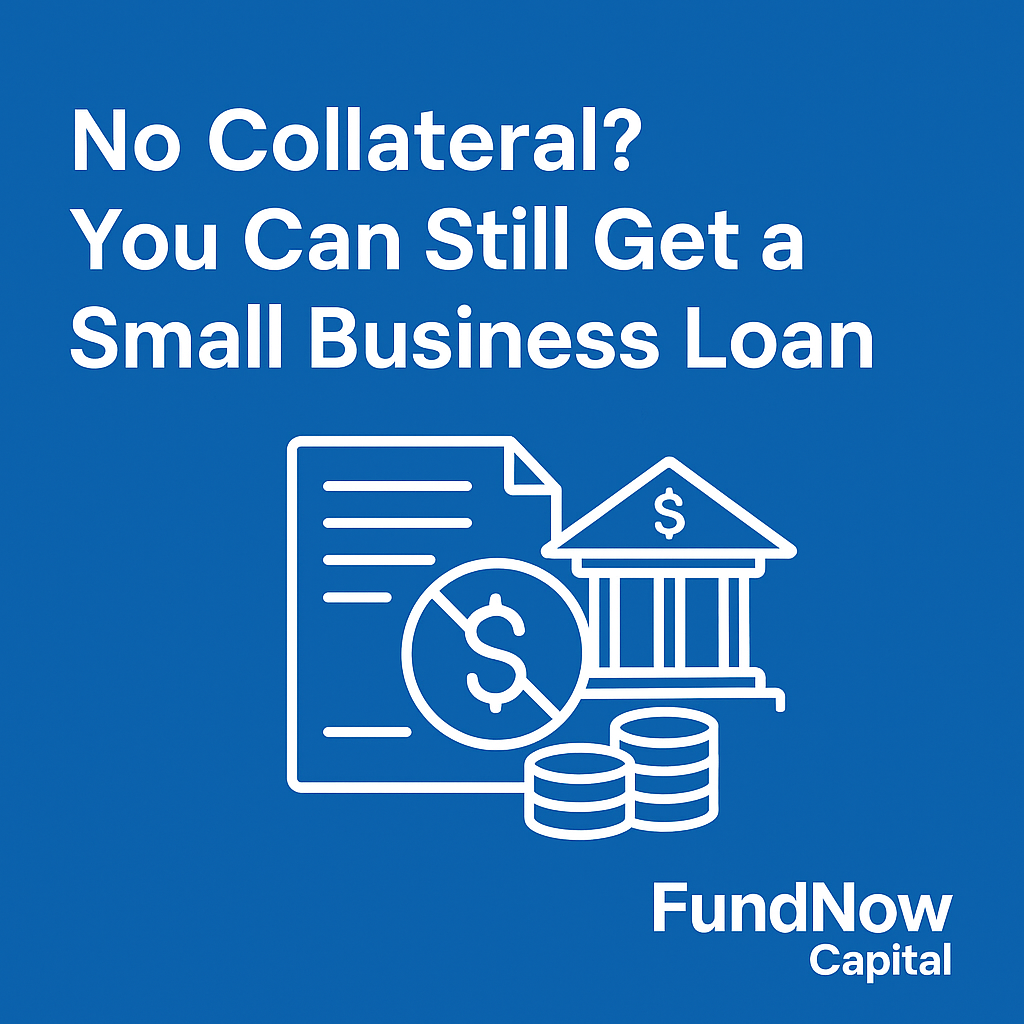Understanding ARV (After Repair Value) and Its Role in Real Estate Investment

What is ARV?
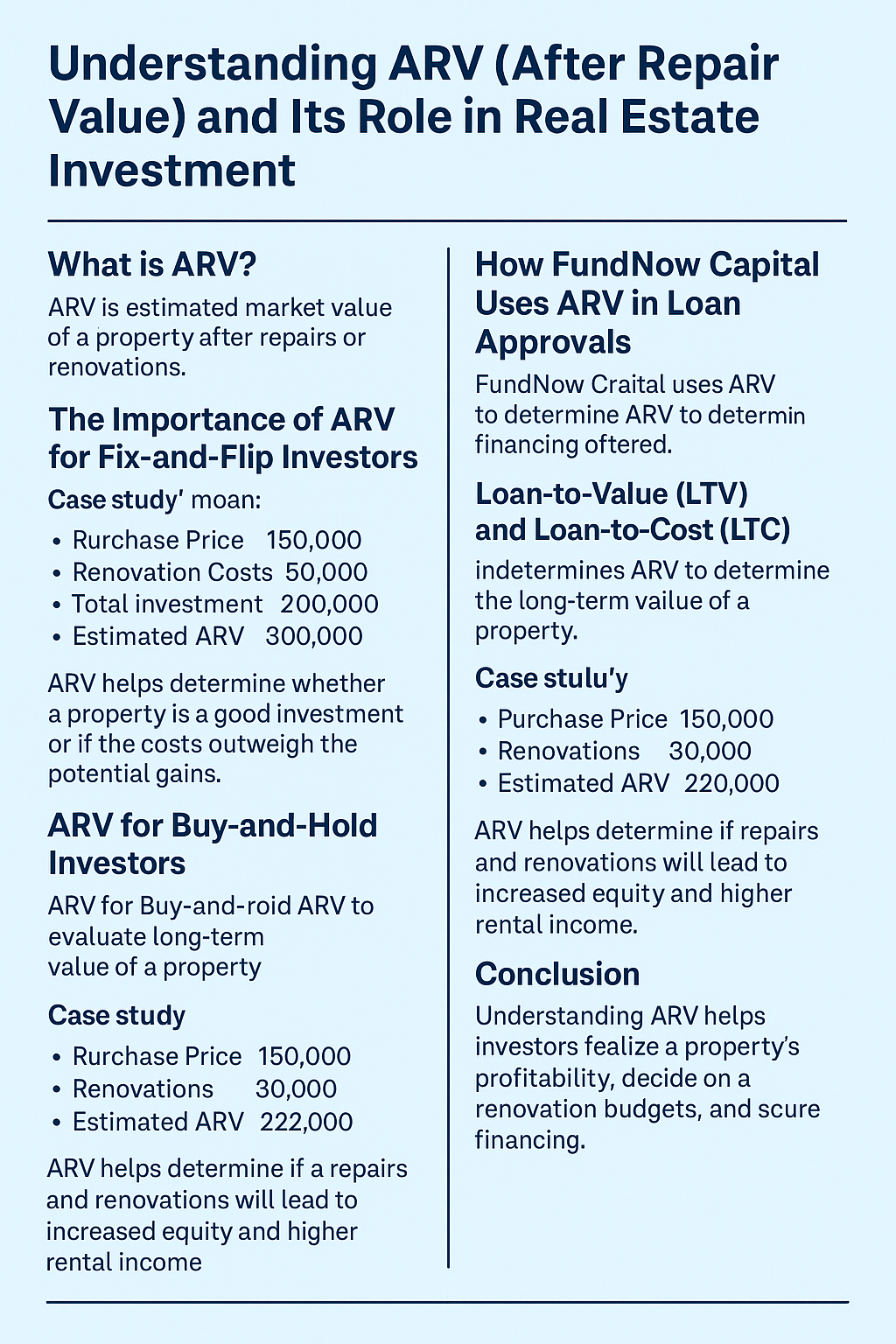
After Repair Value (ARV) is the estimated market value of a property after it has undergone repairs or renovations. This number is crucial for real estate investors—especially those focused on fix-and-flip projects—because it helps them assess the potential profitability of an investment.
ARV plays a central role in determining how much a property will sell for once it's fixed up, helping investors decide how much to offer, how much to invest in repairs, and whether the deal is financially viable.
The Importance of ARV for Fix-and-Flip Investors
For fix-and-flip investors, ARV is one of the most critical factors in their decision-making process. It helps determine how much a property could be worth after repairs, which directly impacts how much they should invest in the property and what kind of return they can expect.
Case Study: Fix-and-Flip Investment
Let’s walk through a simple example:
- Purchase Price: $150,000
- Renovation Costs: $50,000
- Total Investment: $200,000
- Estimated ARV: $300,000
In this case, the investor can project a potential profit of $100,000 (minus additional selling costs, taxes, and interest). The ARV helps the investor determine whether the property is a good investment or if the costs outweigh the potential gains.
Real-World Example
A real-world example involves one of FundNow Capital’s clients, a seasoned fix-and-flip investor. The investor purchased a distressed property for $120,000 in a desirable suburban neighborhood. Renovation costs were estimated at $50,000, and the ARV was projected at $220,000.
With a 75% ARV loan from FundNow Capital, the investor secured $165,000, covering the purchase price and renovations. After completing the work for $48,000 (under budget), the property sold for $230,000—$10,000 above the ARV—resulting in an $80,000 profit after all costs.
This case study highlights the importance of ARV in guiding investment decisions, from securing funding to finalizing the sale.
ARV for Buy-and-Hold Investors
Although buy-and-hold investors primarily focus on generating rental income, ARV still plays a role in evaluating the long-term value of a property. By understanding the ARV, investors can determine whether the costs of repairs and renovations will lead to increased equity and higher rental income.
Case Study: Buy-and-Hold Investment
Consider an investor who buys a rental property for $150,000, with $30,000 in necessary renovations. The ARV for the property is estimated at $220,000. The investor can anticipate that this renovation will increase the property’s value, creating greater equity and allowing for future refinancing opportunities.
Additionally, if the renovations allow the investor to increase rent from $1,800 to $2,500 per month, the investor can increase monthly cash flow, improving the property’s return on investment.
How FundNow Capital Uses ARV in Loan Approvals
At FundNow Capital, we use ARV to determine how much financing we can offer to real estate investors. ARV helps us assess the potential value of the property after renovations, which allows us to provide loans that cover both the purchase price and renovation costs.
Loan-to-Value (LTV) and Loan-to-Cost (LTC) Ratios
Two key ratios we use in conjunction with ARV are Loan-to-Value (LTV) and Loan-to-Cost (LTC):
- Loan-to-Value (LTV) compares the loan amount to the property’s current market value. For example, if the market value is $200,000 and we offer an LTV of 75%, the maximum loan would be $150,000.
- Loan-to-Cost (LTC) compares the loan amount to the total project costs, including both the purchase price and renovation costs. For instance, if the total cost is $250,000 and the LTC is 80%, the loan amount would be $200,000.
These ratios ensure that the loan amount is appropriate based on the project’s value and scope, helping both investors and lenders manage risk effectively.
Example of ARV-Based Loan Approval
Consider an investor who finds a property priced at $120,000. Renovation costs are estimated at $50,000. After assessing comparable properties (comps), the ARV is projected to be $220,000.
Using ARV-based financing from FundNow Capital, the investor can secure up to 75% of ARV ($165,000). This amount covers both the purchase price and renovation costs, providing enough capital to complete the project and maximize the property's resale value.
ARV’s Influence on Loan Terms
ARV also plays a significant role in determining loan terms, such as the interest rate and loan amount. A higher ARV generally leads to better loan terms for investors, while a lower ARV might limit financing options.
How ARV Affects Interest Rates
Properties with higher ARVs signal lower risk to lenders. A higher ARV indicates a higher potential resale value, so lenders may offer lower interest rates to reduce the investor’s overall borrowing cost. This benefits the investor by reducing their total repayment amount.
Example: Interest Rates Based on ARV
If the ARV for a property is projected at $300,000, and the property is purchased for $200,000, the lender might offer a lower interest rate because the potential resale value is high. The lower interest rate helps improve the investor’s profit margins by reducing borrowing costs.
On the other hand, if the ARV is low, lenders may charge a higher interest rate to offset the increased risk associated with the project.
Conclusion
Understanding ARV (After Repair Value) is essential for real estate investors. Whether you're flipping properties or holding them for rental income, ARV helps you determine a property's potential profitability, decide on appropriate renovation budgets, and secure financing. ARV is not just a number—it’s a key metric that can make or break an investment.
At FundNow Capital, we use ARV to guide our loan approvals, ensuring that investors receive the capital they need to complete their projects and maximize their returns. By accurately calculating and leveraging ARV, investors can make more informed decisions and increase their chances of success.
If you’re ready to start your next project, FundNow Capital is here to help you secure the financing you need. Apply today, and let us support you in turning your real estate investment goals into reality.

